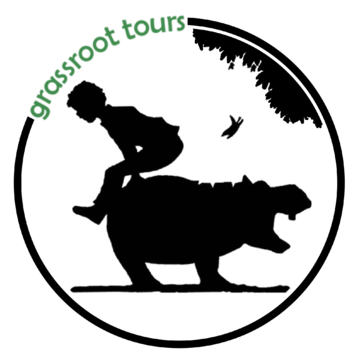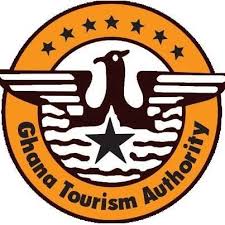Ashanti Region of Ghana
This is by far one of the most popular regions in the country, known for their wealth in culture, tradition and gold. The ancient kingdom of Asante is still a popular tourist attraction till date.
Tourist Attractions in Ashanti Region
Manhyia Palace
This palace was the seat of power of the highest chief of the Asante kingdom, Asantehene. It is located in Kumasi, the capital of the Ashanti Region. The palace was first built by the Ashantis themselves and it was so beautiful and grand that the British were impressed by the size of it when they first saw it. The palace contained many rows of books written in different languages. However, that didn’t stop the British from leveling it during the war of the golden stool. It was later rebuilt in 1925 by the British themselves.
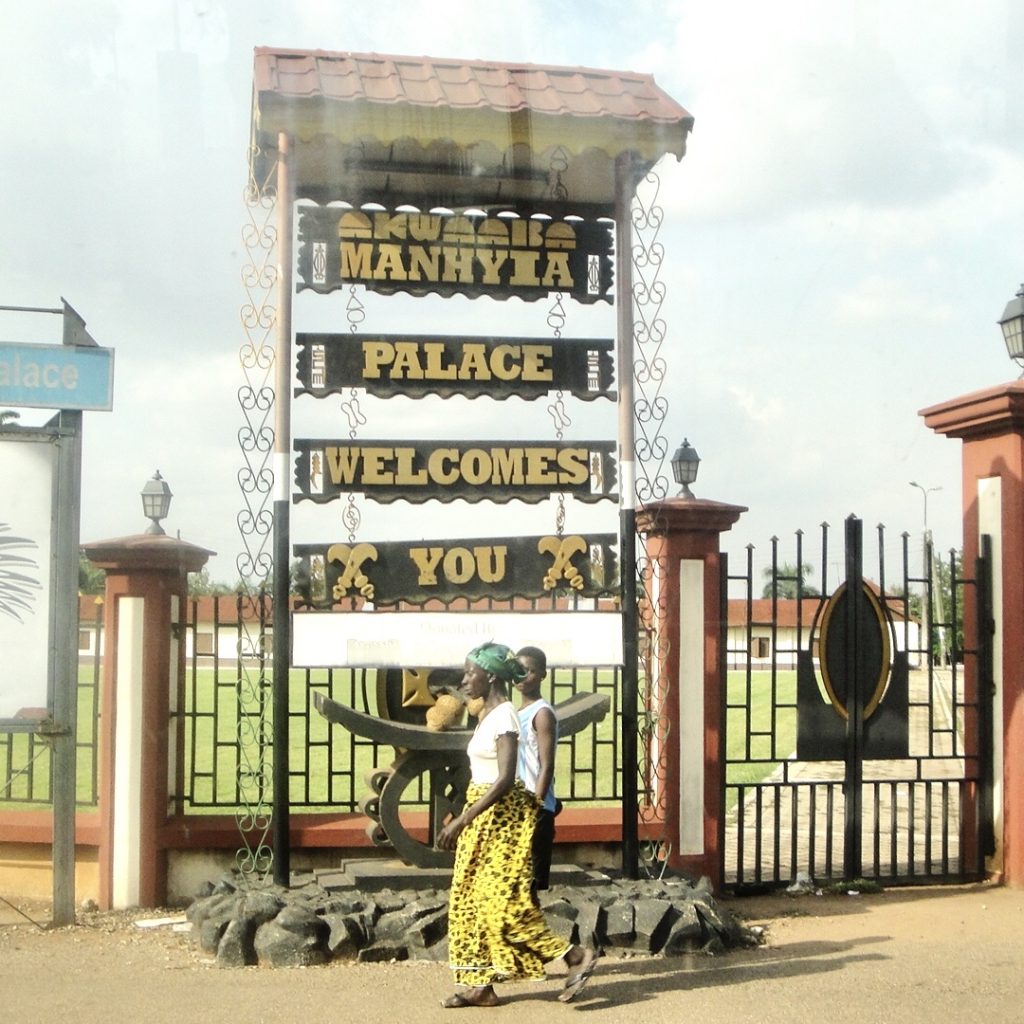
Bonwire Kente Weaving Village
It is no news that Africans put a whole lot of their resources on fashion and Ghana is no exception. Kente, for instance, is a fabric made and worn by Ghanaians for special occasions and events.
The history of weaving in Africa can be traced way back to 3000BC and it has since developed, improved and evolved to what we have today. Kente fabric originated in the Asante kingdom around the 17th century and is now a fabric that is worn in all parts of Ghana and beyond today. According to history, Ota Karaban and his friend Kwaku learned everything they knew about weaving from a spider. They told a chief in Bonwire about their expenditure who later told the head chief of Asante kingdom, the Asantehene. This Asantehene later Incorporated this fabric into their culture and is still worn at important occasions till date. That fabric is the Kente fabric.
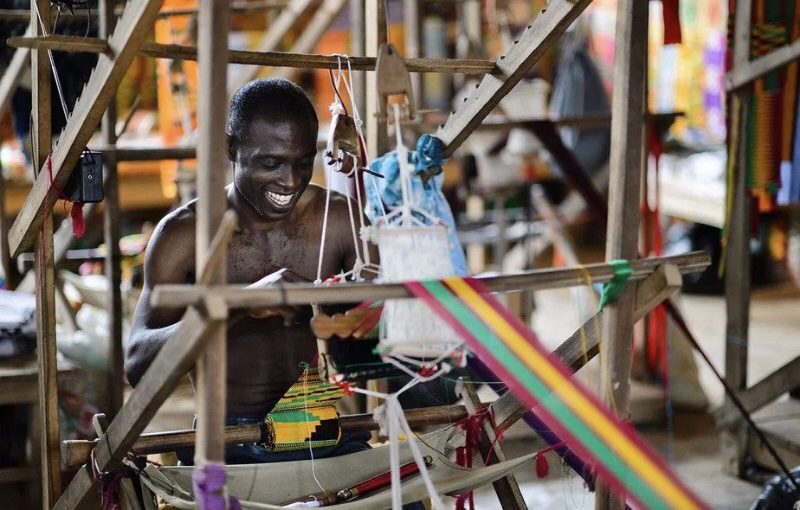
Kejetia Market
This is by far one of the biggest markets in all of Africa. It is said to contain at least 11,000 stalls while nothing less than 40,000 people work there. It is characterized by many brown roofs that can already be seen from afar. There you will find different wares and goods for sale.
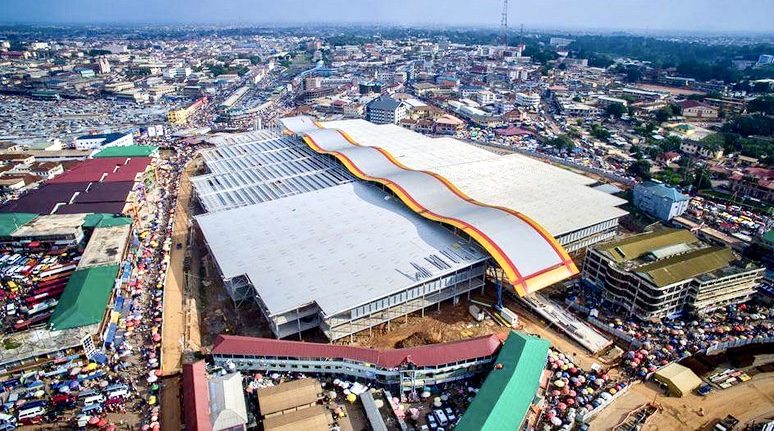
Ntonso Adinkra Village
Ntonso is where Adinkra cloth printing is done. The prints are made with dyes and stamps made from calabashes. You will be told about the history of the people, their crafts and shown how to make the prints at the Ntonso Visitor Center.

Lake Bosumtwi
An ancient meteorite landed in the Ashanti Region and the lake was born. He lake was said to be discovered by a hunter who chased an antelope into the lake. It is believed that the lake received the antelope like it was trying to save it from the hunter. That is why the lake is called the Antelope God Lake till today. This history makes the lake a very sacred lake to the Ashants. About 70,000 people live in the villages that surround the lake.
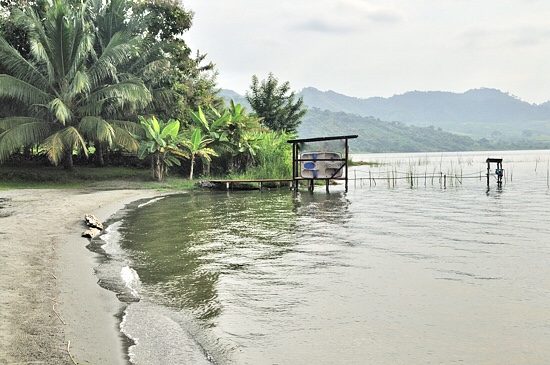
Bobiri Butterfly Sanctuary
The place is as beautiful as the butterflies that have found home in the place. Apart from the butterfly sanctuary, the site consists of an arboretum and forest hiking trails. The butterfly sanctuary is a home to hundreds of different butterfly species that mostly come out during the day in their colorful vibrance. In the rainforest, you will also find many scarce tree species which create a cool environment for people to relax in.
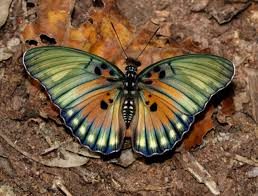
The best time to visit the Ashanti Region is during the dry season, from November to March, when the weather is pleasant and ideal for exploring outdoor attractions.
Key attractions include Manhyia Palace, Bonwire Kente Weaving Village, Kejetia Market, Ntonso Adinkra Village, Lake Bosumtwi, and Bobiri Butterfly Sanctuary.
Visitors can attend traditional festivals such as the Akwasidae Festival, explore the Kumasi Cultural Center, and visit the Komfo Anokye Sword Site, which is steeped in local legends.
Transportation options include taxis, tro-tros (shared minibusses), and rental cars. Taxis are convenient for city travel, while tro-tros are common for intercity travel.
Yes, the Ashanti Region is generally safe for tourists. However, like any travel destination, it’s important to stay vigilant, avoid large crowds, and follow local advice.
You can purchase authentic Ashanti crafts such as kente cloth, Adinkra symbols, and woodcarvings from local markets and craft villages.
Manhyia Palace is the historical seat of the Asantehene, the highest chief of the Asante kingdom. It offers a glimpse into the rich history and culture of the Ashanti people.
Lake Bosumtwi offers opportunities for relaxation, boating, and hiking. The lake is also considered sacred and has a fascinating history linked to local legends.
Bonwire Kente Weaving Village is the best place to learn about the art of kente weaving. Visitors can watch weavers at work and learn about the history and significance of this traditional fabric.
The Bobiri Butterfly Sanctuary is a notable wildlife attraction, home to hundreds of butterfly species and a variety of rare tree species, making it an ideal spot for nature lovers.
